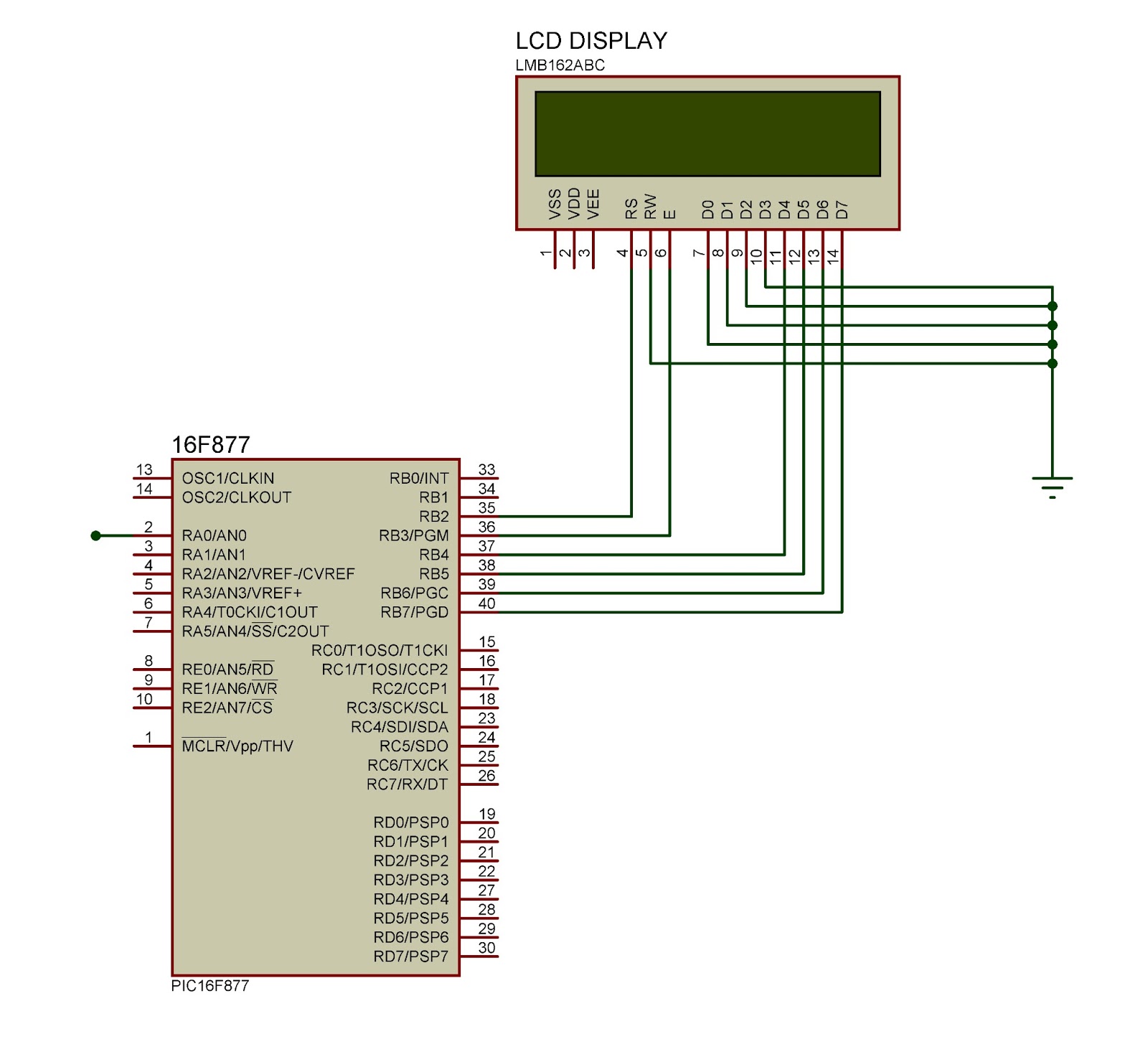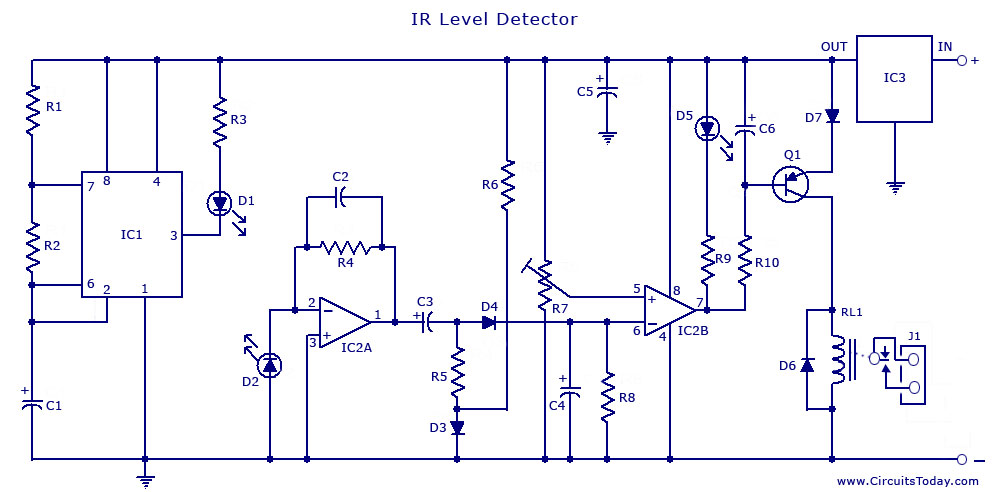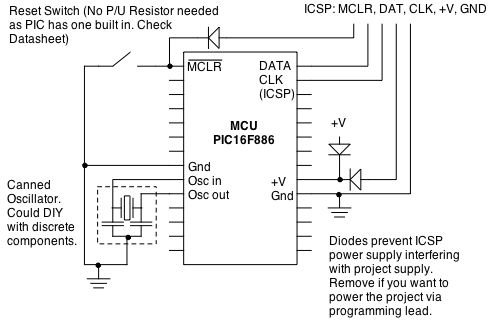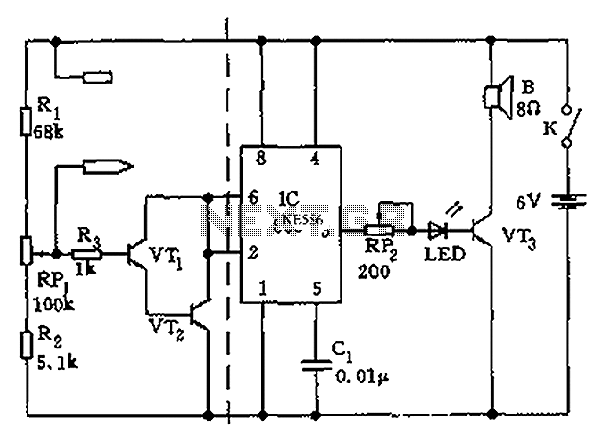
Whats Better For Timing Chores: A 555 Or A Microcontroller
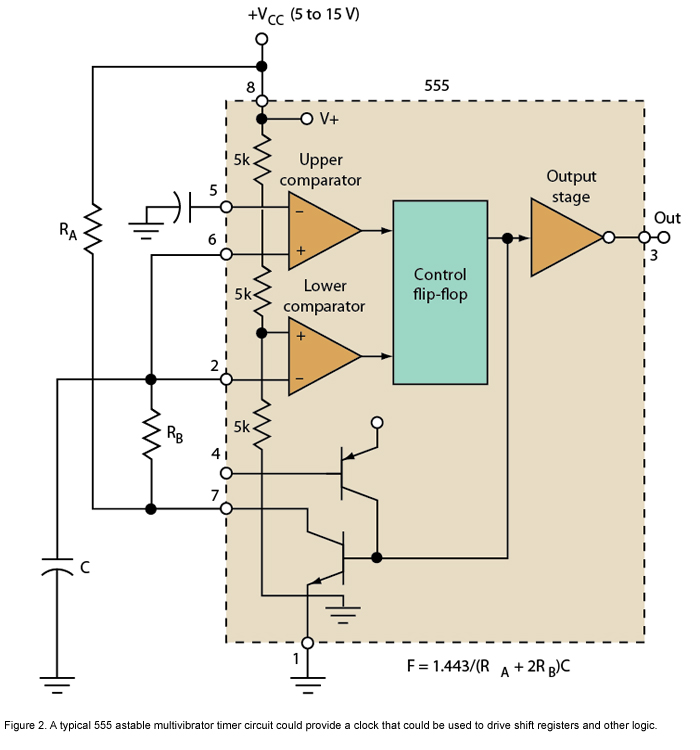
Micro or analog? These days, it is becoming increasingly challenging to make a choice. The 555 timer has long been regarded as a benchmark for flexibility. How does it perform today?
The 555 timer IC, originally introduced in 1972, remains a versatile and widely utilized component in both analog and digital applications. It is primarily used for generating precise time delays, oscillation, and pulse-width modulation. The 555 timer can be configured in various modes, including astable, monostable, and bistable, allowing it to serve multiple functions in electronic circuits.
In the astable mode, the 555 timer operates as an oscillator, generating a continuous square wave output. This configuration is commonly used in applications such as clock pulses for digital circuits, LED flashers, and tone generation. The frequency and duty cycle of the output waveform can be easily adjusted by changing the resistor and capacitor values connected to the timer.
In monostable mode, the 555 timer acts as a one-shot pulse generator. When triggered by an external signal, it produces a single output pulse of a specified duration. This mode is useful in applications like timers, pulse width modulation, and event counters. The duration of the output pulse is determined by the resistor and capacitor connected to the timing circuit.
The bistable mode allows the 555 timer to function as a flip-flop, maintaining its output state until triggered by an external signal. This configuration is suitable for applications such as memory storage, toggle switches, and simple state machines.
Despite the emergence of microcontrollers and digital signal processors, the 555 timer remains relevant due to its simplicity, low cost, and ease of use. It is particularly advantageous in educational settings for teaching fundamental electronics concepts. Additionally, its robustness and reliability make it a preferred choice for hobbyists and professionals alike in various projects.
Overall, the 555 timer continues to be a valuable component in modern electronics, demonstrating its enduring flexibility and adaptability across a wide range of applications.Micro or analog? These days it is getting harder to choose. The 555 timer was the benchmark of flexibility. How does it fare today?. 🔗 External reference
The 555 timer IC, originally introduced in 1972, remains a versatile and widely utilized component in both analog and digital applications. It is primarily used for generating precise time delays, oscillation, and pulse-width modulation. The 555 timer can be configured in various modes, including astable, monostable, and bistable, allowing it to serve multiple functions in electronic circuits.
In the astable mode, the 555 timer operates as an oscillator, generating a continuous square wave output. This configuration is commonly used in applications such as clock pulses for digital circuits, LED flashers, and tone generation. The frequency and duty cycle of the output waveform can be easily adjusted by changing the resistor and capacitor values connected to the timer.
In monostable mode, the 555 timer acts as a one-shot pulse generator. When triggered by an external signal, it produces a single output pulse of a specified duration. This mode is useful in applications like timers, pulse width modulation, and event counters. The duration of the output pulse is determined by the resistor and capacitor connected to the timing circuit.
The bistable mode allows the 555 timer to function as a flip-flop, maintaining its output state until triggered by an external signal. This configuration is suitable for applications such as memory storage, toggle switches, and simple state machines.
Despite the emergence of microcontrollers and digital signal processors, the 555 timer remains relevant due to its simplicity, low cost, and ease of use. It is particularly advantageous in educational settings for teaching fundamental electronics concepts. Additionally, its robustness and reliability make it a preferred choice for hobbyists and professionals alike in various projects.
Overall, the 555 timer continues to be a valuable component in modern electronics, demonstrating its enduring flexibility and adaptability across a wide range of applications.Micro or analog? These days it is getting harder to choose. The 555 timer was the benchmark of flexibility. How does it fare today?. 🔗 External reference

